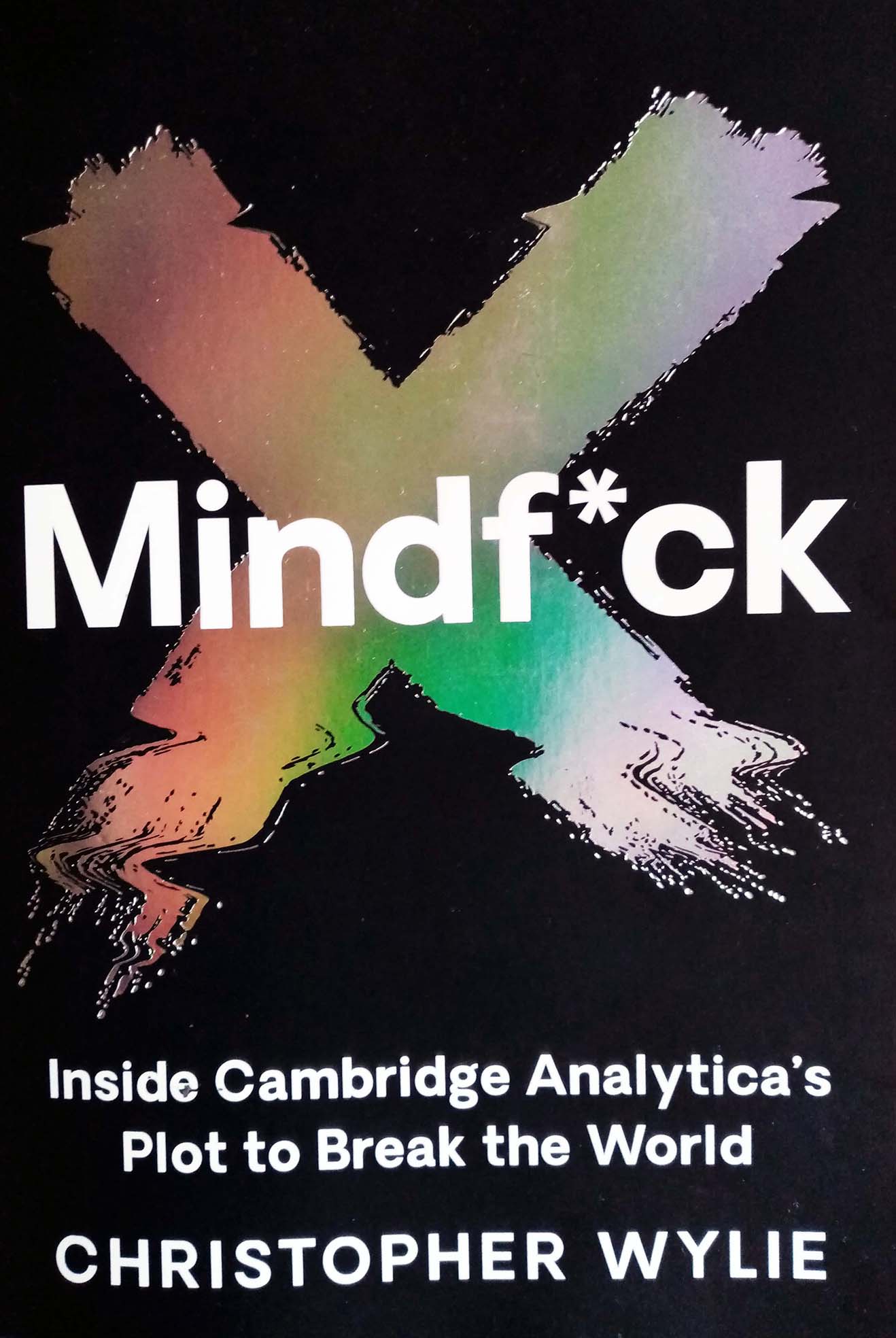Peter Olszewski returns with a review of the Malcolm Gladwell’s latest book.
It was great to welcome Malcolm Gladwell into my home again, via his latest book, Talking to Strangers.
I’m a Gladwell fan. I’ve read two of his books, and serious adherents claim that this, his latest, is his weightiest – not necessarily good news in my view.
Gladwell, often described (and at times) dismissed as a pop-scientist or armchair philosopher, is also criticised because arguments laid out in his books are anecdotally driven.
While to some ‘serious’ academics this is a negative, to me, as a reader, it’s a positive because Gladwell’s anecdotes are not only highly entertaining, they also perfectly illustrate what he is trying to say without the need for reams and reams of often-turgid scientific or analytic ‘proof.’
Gladwell’s anecdotes are masterpieces because he digs up the most amazing material, including intriguing trivia about something we as readers thought we were familiar with, but after reading Gladwell’s brilliantly researched anecdote, the reader mutters, “Gee, I didn’t know that about that!”
And just for fun, here’s an example of classic Gladwell trivia: Elvis Presley suffered from parapraxis.*
Gladwell essentially is a contrarian, in his David and Goliathbook he maintained that certain experiences and situations regarded as disadvantages are advantages—and vice versa.
In this his latest book, the sub-title reads: “What we should know about the people we don’t know.”
The book then argues that what we should know about the people we don’t know is that we will never fully know about them, despite lie detectors that don’t always work when they should work, and behavioral science analysis that stands up only until it is shot down by a new example emerging from the annals of reality – or by an anecdote extolled by Gladwell.
In other words, you never really know people even though you think you do, it’s almost impossible to always correctly ‘read’ all people, and its best to always question strangers.
Getting it wrong about people and being fooled is not a failure, posits Gladwell, it the norm.
The anecdotes Gladwell serves up to prove his points – his ‘default to truth’ – are simply brilliant.
CNN and other media have run with Gladwell’s observation of Adolf Hitler in this book: an intriguing insight revealed is that in the period immediately before the outbreak of WWII, a lot of people got it wrong about Hitler’s intentions, and a lot got it right.
Those who mostly got it wrong were those who met Hitler, and those who never met Hitler – such as Churchill – got it right.
One amazing trivial fact is that when Lord Halifax first met Hitler in Berlin he mistook him for a footman and almost handed him his coat. And yes, Halifax also got it wrong about Hitler’s intentions.
As Gladwell points out, those who went to Berlin to meet Hitler would have been better served staying at home and simply reading Mein Kampf.
Although of course, in the contrarian nature of things, there also famous cases where events would have transpired more positively had people actually met the person in question, and not derived opinions from non-contact sources.
The rule is that there are no rules about getting fooled or not by people some of the time or all of the time, strangers or otherwise.
As Gladwell says, “Our strategies for dealing with strangers are deeply flawed, but they are also socially necessary. We need the criminal-justice system and the hiring process and the selection of babysitters to be human. But the requirement of humanity means that we have to tolerate an enormous amount of error. That is the paradox of talking to strangers.”
PS: Media reports state that Gladwell “recoils at the implication that Talking to Strangers has anything to do with President Trump.”
*Para praxis: a Freudian slip,a slip of the tongue or pen, forgetfulness, misplacement of objects, or other error thought to reveal unconscious wishes or attitudes.









